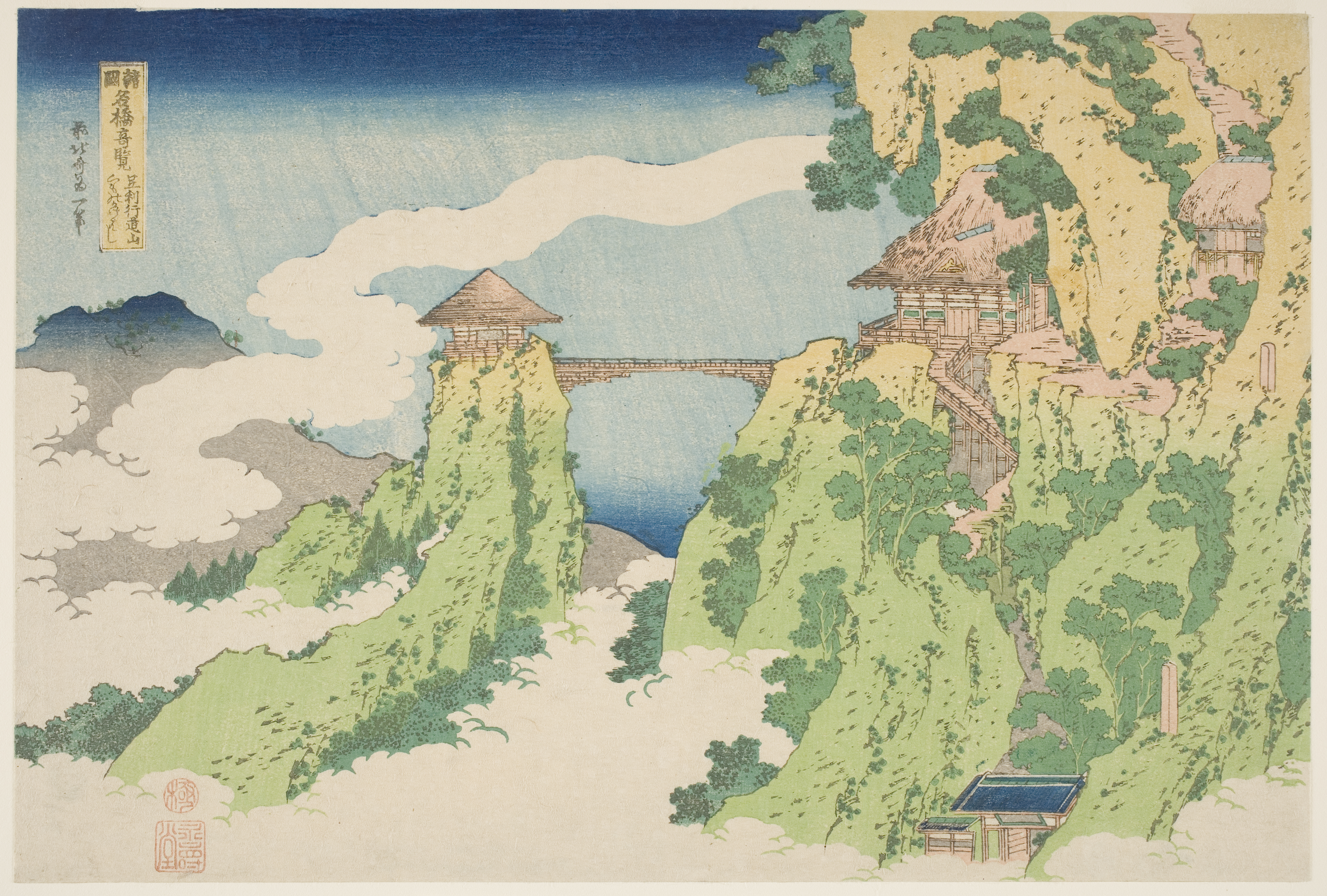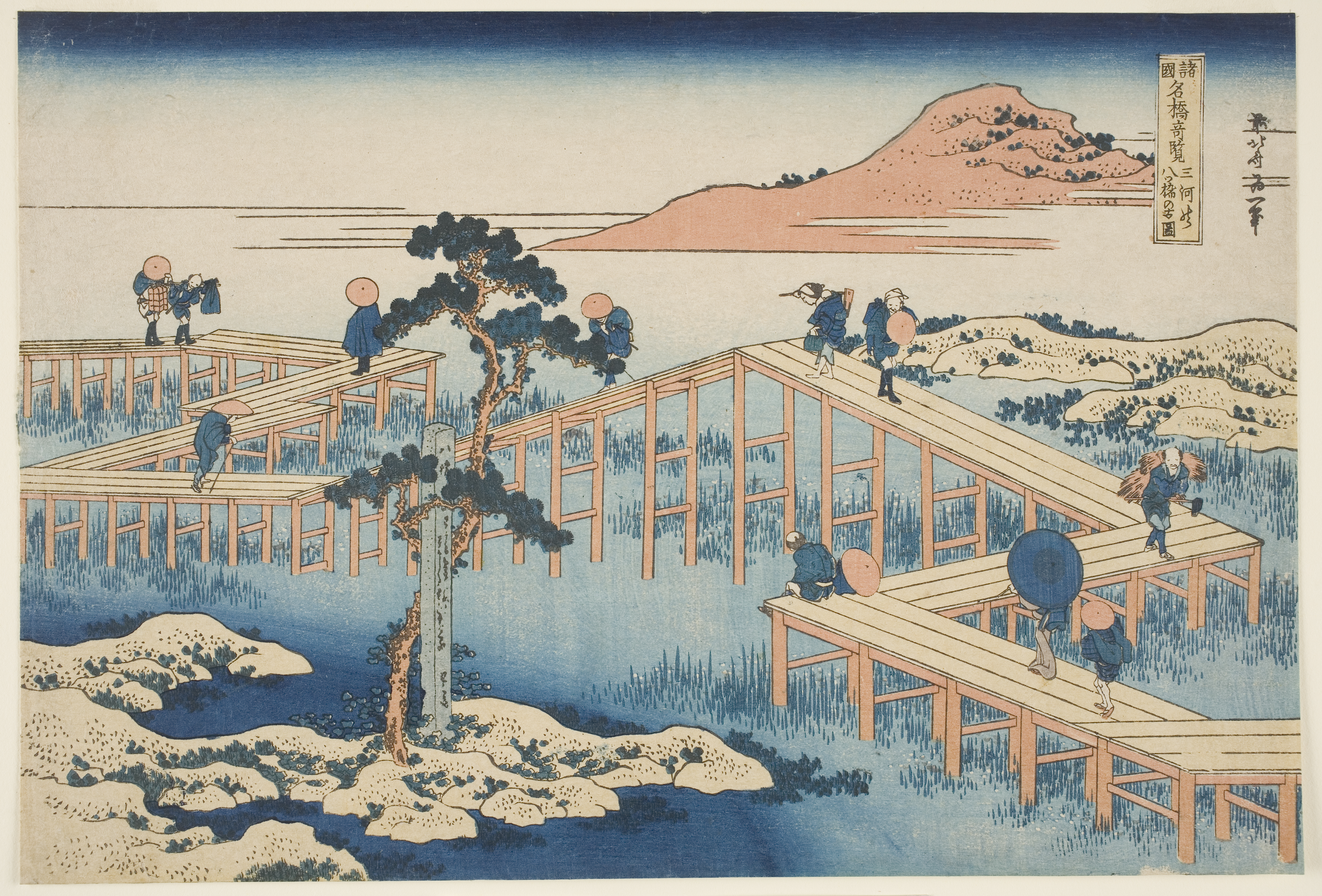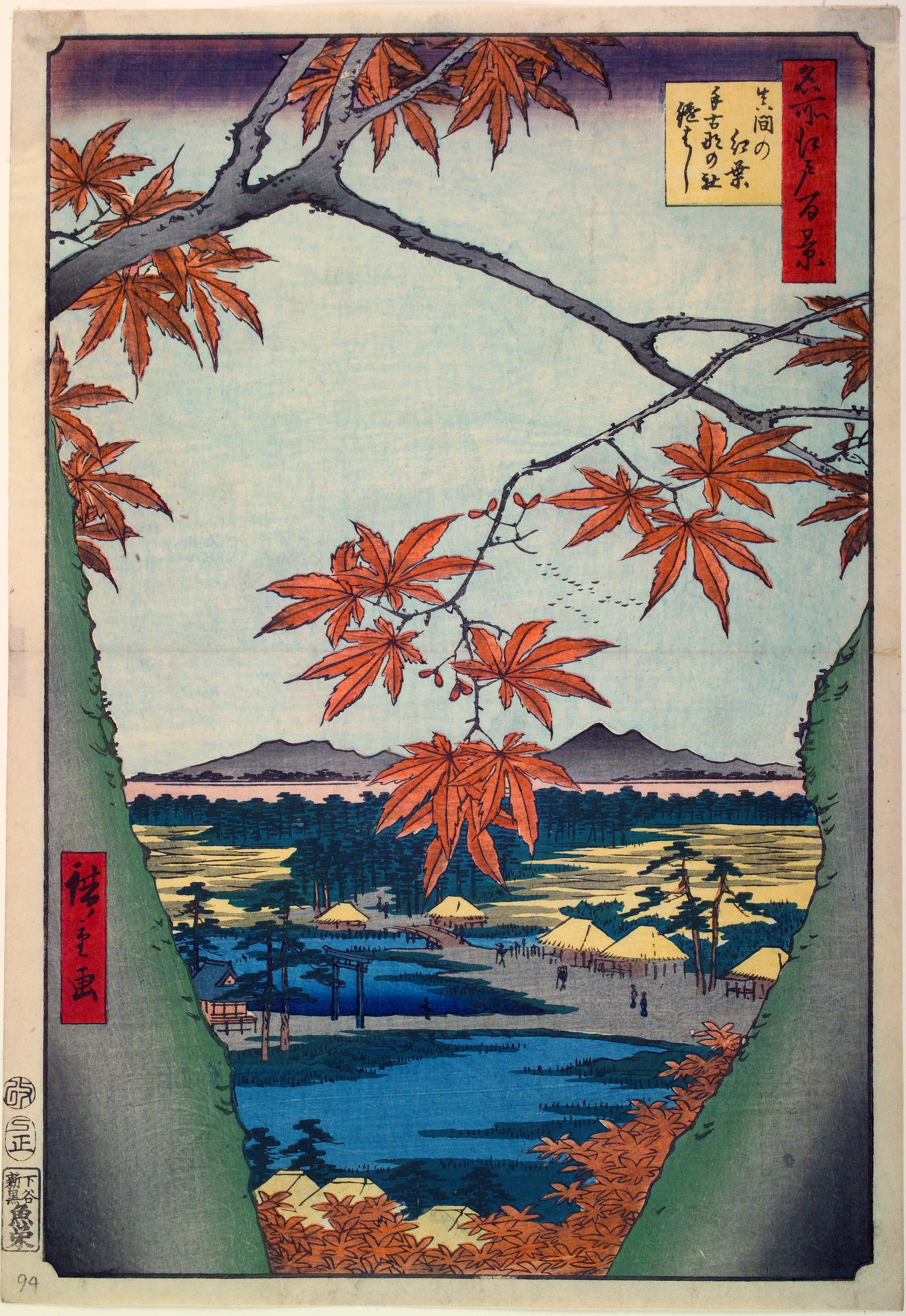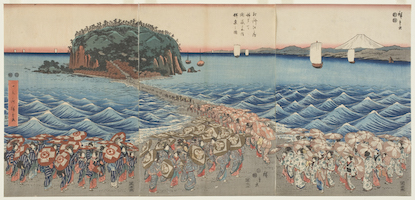
WORCESTER, Mass. — This fall, the Worcester Art Museum (WAM) will present The Floating World: Japanese Prints from the Bancroft Collection, an exhibition of 50 Japanese prints from the museum’s collection, 48 of which will be displayed for the first time. On view November 26 through March 5, 2023, the exhibition will take a comprehensive look at the diverse ukiyo-e genre through the lens of John Chandler Bancroft (1835-1901), one of the earliest and most significant collectors of Japanese prints in the United States.
Bancroft’s collection of more than 3,700 Japanese woodblock prints was bequeathed to WAM in 1901 and is considered the museum’s first major collection. Illustrating the breadth of this transformative gift, The Floating World will feature works ranging in size, material, date and subject matter, including works by renowned artists such as Utagawa Hiroshige, Katsushika Hokusai and Utagawa Kunisada. The exhibition is curated by Dr. Rachel Parikh, associate curator of the Arts of Asia and the Islamic World and Fiona Collins, curatorial assistant of Asian Art.

Organized chronologically and by artist, The Floating World illustrates the evolution of ukiyo-e artworks during Japan’s Edo period (1603-1868). Through these works, visitors will gain insight into the complexity and breadth of ukiyo-e, or “pictures of the floating world,” an artistic genre that unleashed lasting ripples of influence.

The exhibition represents a chance to see this impact firsthand, including Hiroshige’s featured Sudden Shower over Shin-Ohashi Bridge and Atake (1857), which inspired Vincent van Gogh’s Bridge in the Rain (after Hiroshige) (1887). Similarly, these works significantly shaped the work of American artist John La Farge, who collected Japanese prints alongside Bancroft starting in the 1860s.

Kikukawa Eizan, ‘Women in Front of the Iwaki Masuya Department Store,’ early 1800s. Woodblock print; ink and color on paper. John Chandler Bancroft Collection, 1901.59.2623
Created in a period of economic growth, ukiyo-e prints often depict scenes of leisure and arts, highlighting the ability of the working class to participate in the entertainment culture of urban centers such as Edo (Japan). Born from book illustrations, ukiyo-e prints tell stories, often presented as intricate tableaus of everyday life portraying courtesans, kabuki actors, sumo wrestlers, dwellings and landscapes. Intricate and colorful, these artworks were produced using innovative and collaborative processes involving planning, designing, carving and hand-pressing.

“The Floating World is a landmark opportunity for the Worcester Art Museum to facilitate a deeper understanding of one of the most culturally rich periods of world history,” said the Jean and Myles McDonough Director of the Worcester Art Museum, Matthias Waschek. “Through these never-before-seen works, our visitors will recognize the enduring relevance of themes found in ukiyo-e prints, including pride, resilience and humor. We are thrilled to draw these through lines using WAM’s Bancroft Collection, which is not only one of our most comprehensive collections, but also the nation’s earliest and among the most influential collections of Japanese ukiyo-e prints.”

The Floating World solidifies WAM as one of the foremost locations of Japanese ukiyo-e print scholarship in the country. Bancroft’s collection makes up nearly 10% of the museum’s collection of approximately 38,000 objects from around the world. Assembled thoughtfully during the course of decades, this collection of predominantly first-edition woodblock prints demonstrates the vastness of a Japanese art genre that has commonly been overgeneralized by traditional Western art history practices. The Bancroft collection is also notable for the quality and well-preserved condition of the prints, which will be evident to visitors to the exhibition.
Visit the website of the Worcester Art Museum and see its dedicated page for The Floating World: Japanese Prints from the Bancroft Collection.


